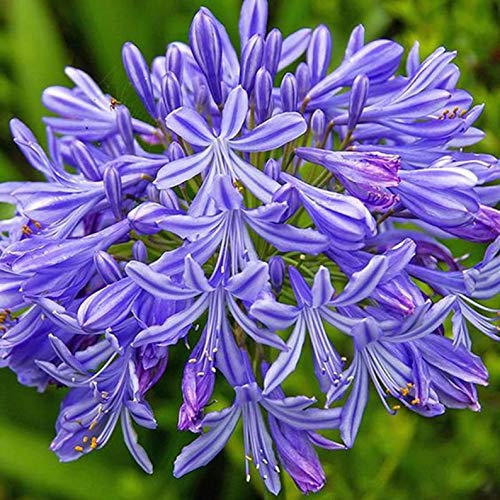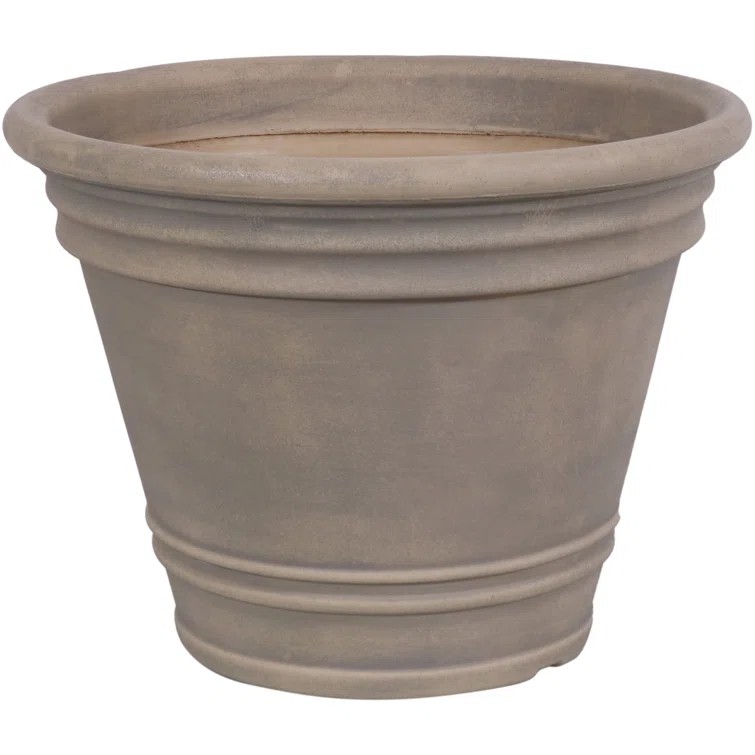Why is my agapanthus not flowering? What I've learned after years of growing these blooms as a professional gardener
If your agapanthus is lacking flowers this year, it is likely due to one of these reasons

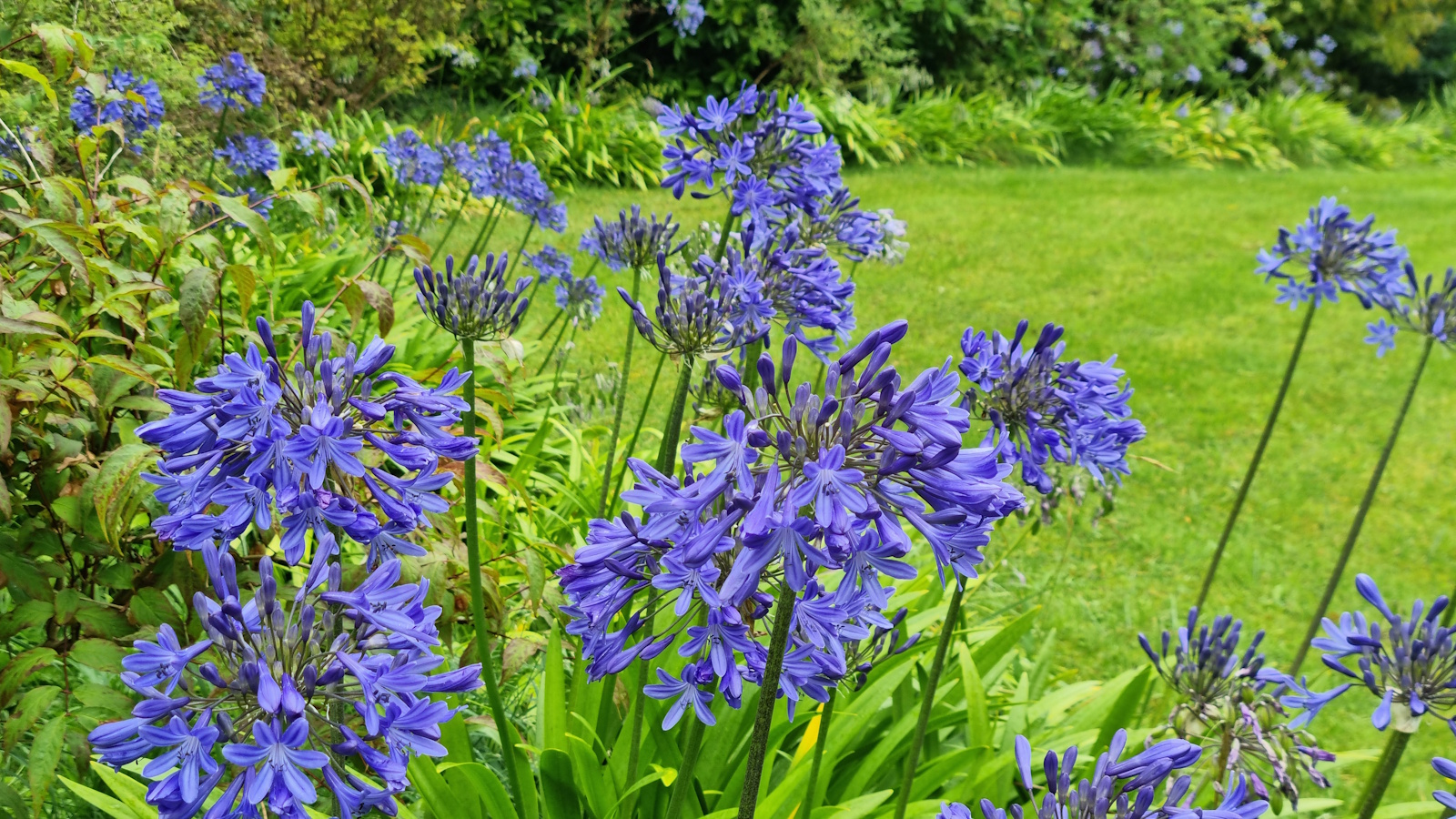
Agapanthus, sometimes referred to as African lily or Lily of the Nile, are stars of the summer garden. Over my time as a gardener, I have developed a growing appreciation for them, particularly as they tolerate heat so well (as a plant native to the Cape of South Africa).
However, while they are relatively easy to grow, they can often have an off-season in terms of flowers, sometimes producing only lush green blades without a flower stem in sight.
So, if you want plenty of those towering umbels of blue and white flowers when growing agapanthus (I mean, who wouldn't?), there are three conditions you need to get right – namely, plenty of sunshine, adequate water and the right nutrition. Here’s everything I’ve learned from trial and error about coaxing agapanthus into bloom.

Why is my agapanthus not flowering?
There are many different varieties of agapanthus, most of which are hardy down to zone 7.
There are many popular blue flower varieties, such as 'Evening Star' and 'Dawn Star', as well as many with white flowers, such as 'Albatross', all of which are impactful in backyards.
Whatever variety you grow, there are three golden rules to follow if you want to enjoy maximum blooms.
1. Lack of sunlight
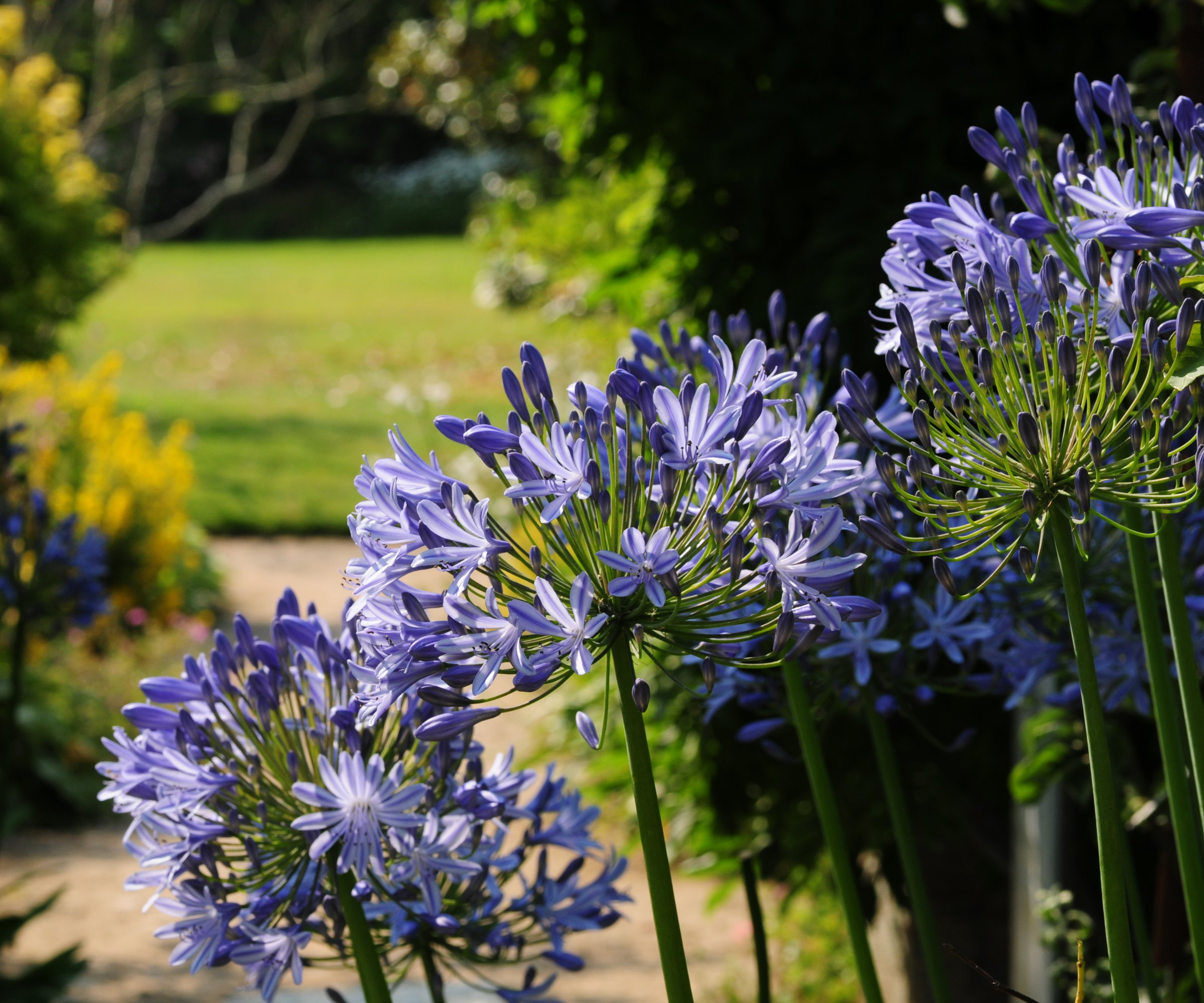
Agapanthus require direct sunlight for at least six hours of the day to flower well. If they are planted in shade, the flower stems – if there are any – will become weak and extended as the plant searches for light.
Design expertise in your inbox – from inspiring decorating ideas and beautiful celebrity homes to practical gardening advice and shopping round-ups.
So, if you are growing perennial agapanthus in a pot or border that is shady, it is a good idea to move it to a position where it receives more light.
To note, the best time to lift and transplant agapanthus is in early spring, sometime during March or April, before the flowering season is underway. Pots, on the other hand, are far easier to swap around.
If your agapanthus pot is heavy, try using something like this plant caddy on wheels, available from Amazon, which will make any container relocation far easier.
If you do move your agapanthus, it can take a year or two of good sunshine for the plant to settle and produce a good floral display. The trick, then, is to get the amount of sunshine right, but also to be patient.
2. Too much or not enough water
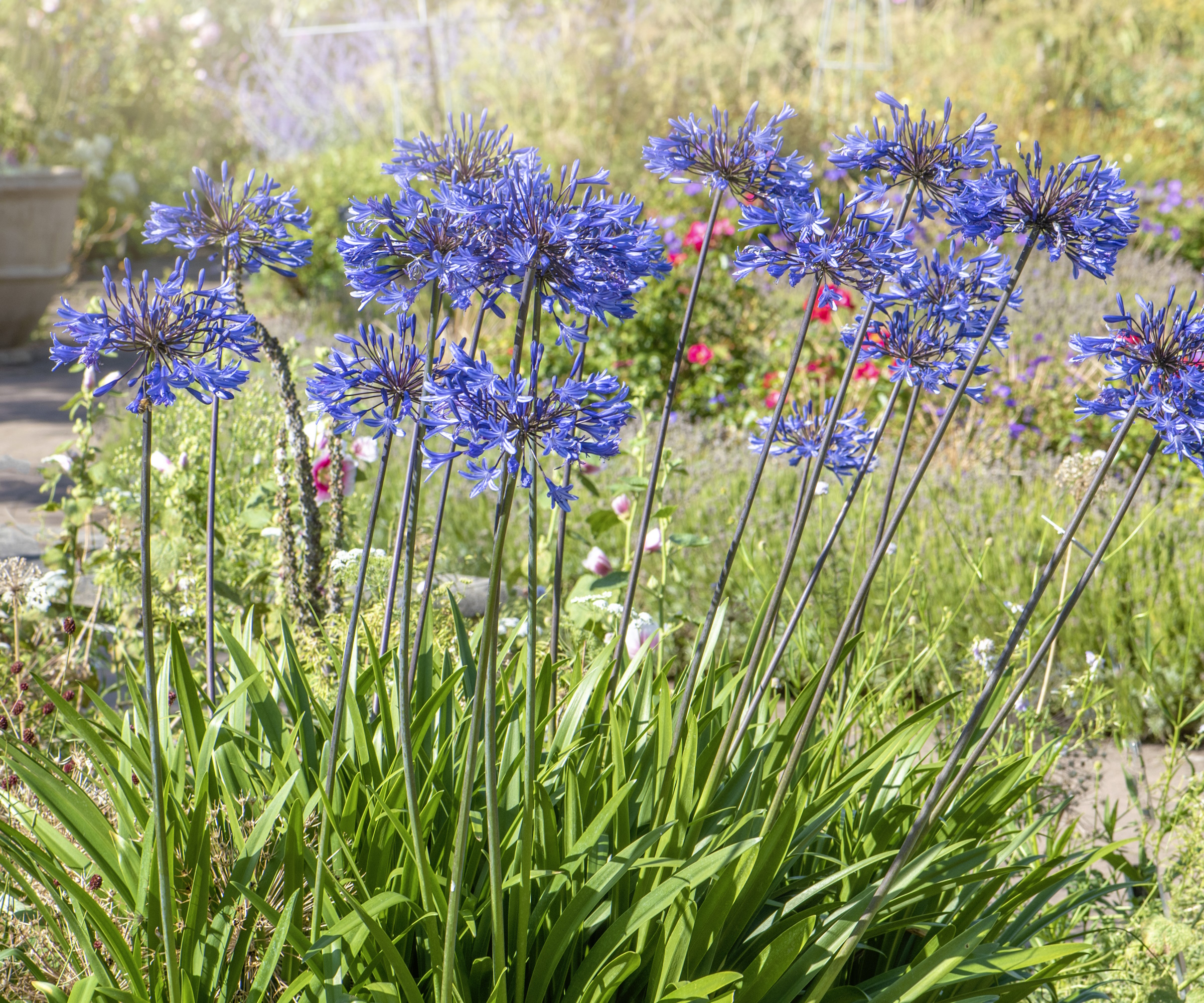
Watering is another balancing act when it comes to these tall perennial flowers.
Despite being drought-tolerant once established, I have found that agapanthus prefer consistently moist conditions (but never waterlogged), and this can have an impact on flower production.
In addition, long, dry spells during bud formation (usually sometime between March and May) can cause them to sadly give up on flowering altogether, so deep watering is a good idea, especially for those plants grown in pots.
In addition, they can be reluctant to bloom if subjected to drought conditions after flowering.
To ensure a good display the following year, keep plants moist until fall (usually until October), which should hopefully ensure the development of new flower buds the following year.
3. Lack of nutrients
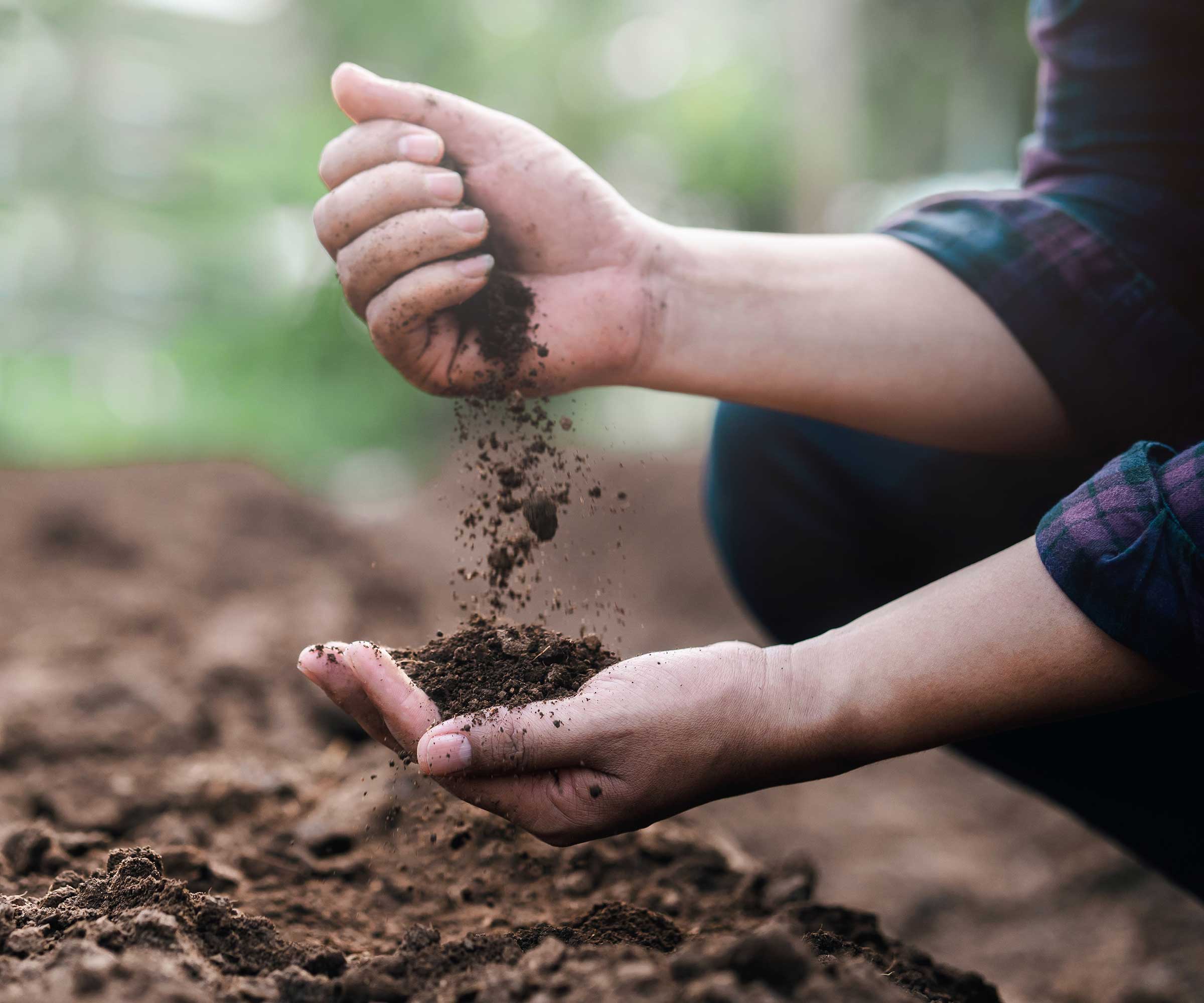
It is important to fertilize agapanthus through spring and summer, and a lack of nutrients can often result in a few blooms.
When growing in pots, this is particularly important, as your plant will be reliant on you for its nutrition.
I would suggest using a high-potash feed (like a tomato feed), once every three weeks through the growing season, stopping around August.
In terms of plant fertilizer numbers, you are looking for a product with a high third number, so something like 5-5-10 or 3-3-5.
Try this organic tomato fertilizer from Burpee, available via Amazon.
FAQs
Should I divide congested agapanthus pots?
Yes, dividing congested agapanthus pots is a good idea. I would encourage you to be brave and reduce clumps by half (or even more), but when replanting in pots, avoid growing them in containers that are too spacious, as this will encourage leaf growth rather than blooms.
Are agapanthus frost-tolerant?
While it will depend on your variety, most agapanthus are hardy down to zone 7 or zone 8, and established clumps can withstand winter temperatures down to 14°F to 5°F (-10ºC to -15ºC), but be warned, the number of flowers may be reduced the following year if there is an extended period of frost and snow.
It is also a good idea to learn how to deadhead agapanthus by cutting down any faded flower stems.
This will help the plant concentrate on flower bud formation rather than seed production. Our guide has all the information you need to know.
Shop flower accessories

Thomas is a Content Editor within the Gardens Team at Homes and Gardens. He has worked as a professional gardener for both public spaces and private estates, specializing in productive gardening, growing food and flowers. Trained in Horticulture at the Garden Museum, he has written on gardening and garden history for various publications, including The English Garden, Gardens Illustrated, Hortus, The London Gardener and Bloom. He has co-authored a Lonely Planet travel book, The Tree Atlas, due out in 2024.




